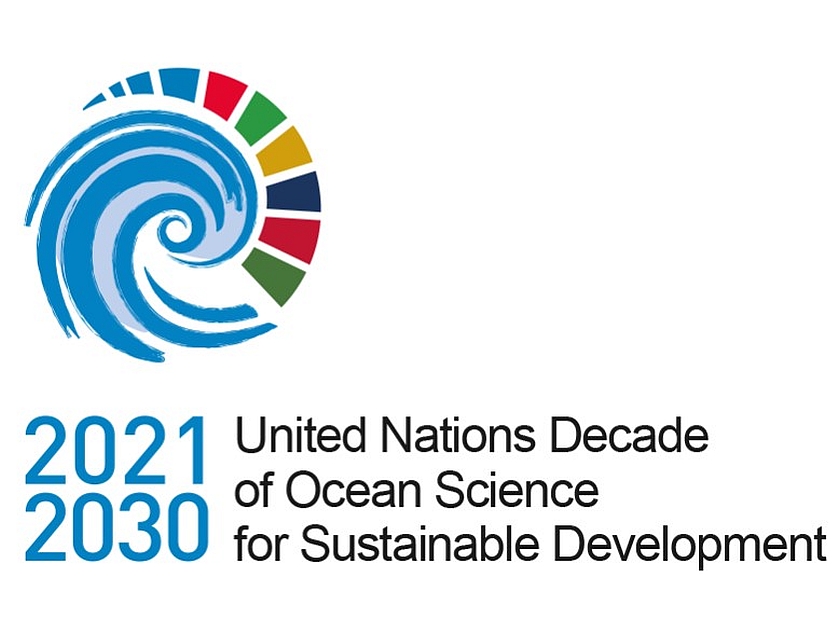Light is fundamental for all life in the oceans. Marine organisms have, through evolution, adapted to the intensity (amount), spectral composition (colours), and periodicity (natural cycles) of light. In the late 20th and early 21st centuries the world’s oceans and coastal regions have been subject to changes of the marine lightscapes in two fundamental ways.
First, runoff and nutrient availability, increased by climate change effects such as rising temperature and ice melting, lead to an overall darkening of the waters in some areas, reduce primary production and alter the phytoplankton phenology.
Second, coastal regions are subject to a brightening of the night-time light environment linked to urbanisation, on- and offshore infrastructures, fisheries, and shipping leading to an increase in the availability of biologically usable light to marine organisms at night. With 54% of its coastlines exposed to artificial light at night (ALAN), Europe is the worst affected region in the world.
The two subtopics address opposing directions of light condition changes but are connected by both addressing changes to natural light conditions in marine ecosystems.
The Joint Action was adopted by JPI Oceans’ Management Board in April 2023 based on a concept paper prepared by a group of experts under the scientific coordination of Prof. Dr. Oliver Zielinski, University of Oldenburg, and Dr. Helene Frigstad, Norwegian Institute for Water Research, NIVA.
Two projects, ALAN and ISOLUME were selected for funding and officially began on 1 July 2025.
ISOLUME (IndicatorS Of changing Lightcapes in Underwater Marine Ecosystems)
Coordinator: Dr. Bronwyn Cahill, Leibniz Institute for Baltic Sea Research (IOW), Germany
The ISOLUME project will investigate the effects of changing light penetration in the ocean, particularly in relation to increased freshwater runoff and rainfall, and its consequences for marine ecosystems.ALANIS (Impacts of artificial light at night on pelagic ecosystems in European seas)
Coordinator: Dr. Rüdiger Röttgers, Helmholtz-Zentrum Hereon (HEREON), Germany
ALANIS will study how artificial light at night (ALAN) affects pelagic marine ecosystems, looking into biological responses, spatial patterns, and policy relevance.
There is an urgent need to understand the impact of changes in marine lightscapes on the marine environment, including ecosystem services, biodiversity, and biogeochemical functions. The drivers of these changes and their interactions are not fully understood, making it difficult to develop effective management strategies. Furthermore, the implications of these changes for crucial ecosystem functioning and services, such as sustainable marine fisheries, are lacking.
The Joint Action addresses critical gaps in our understanding of how marine lightscapes are changing, the drivers of change, the impacts of changing lightscapes on biodiversity, marine ecosystem structure, functioning and services, and how we manage these changes.
The knowledge gaps are planned to be addressed through a Joint Call. In parallel, a Knowledge Hub with experts from the participating countries monitors scientific and science-policy developments, and synthesizes and consolidates key findings from the Joint Call.
Whether changes in light attenuation are permanent or temporal, and the potential impact on the marine ecosystems remains to be fully understood. If changes in lightening and darkening of the ocean are permanent and substantial, they may impact the marine ecosystems at larger spatial scales than we are currently aware.
Artificial Light at Night is an underexplored, novel research field with a high demand on interdisciplinarity. Research requires input from terrestrial, freshwater and marine ecologists, physical oceanographers, remote sensing scientists, marine engineers and marine spatial planners. The Joint Action brings in pan-European expertise across several disciplines such as oceanography, biogeochemistry, and social sciences to address the challenges posed by changing marine lightscapes. Organising this through JPI Oceans as a pan-European platform and enabler, sparks interest and contributes to expanding this new field in marine Research and Innovation.
This Joint Action is endorsed by the United Nations Decade of Ocean Science for Sustainable Development

The dual light-related subjects concern sustainable ocean health and ocean productivity across a wide field of potential applications, from regional through national and international perspectives.
There is a need to understand in more detail the observation of change in lightening and darkening of the oceans through transnational cooperation. The effects and implications are not limited to national concern, but have a multi-regional scope.
JPI Oceans, as a pan-European platform and efficient facilitator with a broad set of tools at hand, is fit for purpose for improved understanding of the impacts of lightening and darkening of the oceans.